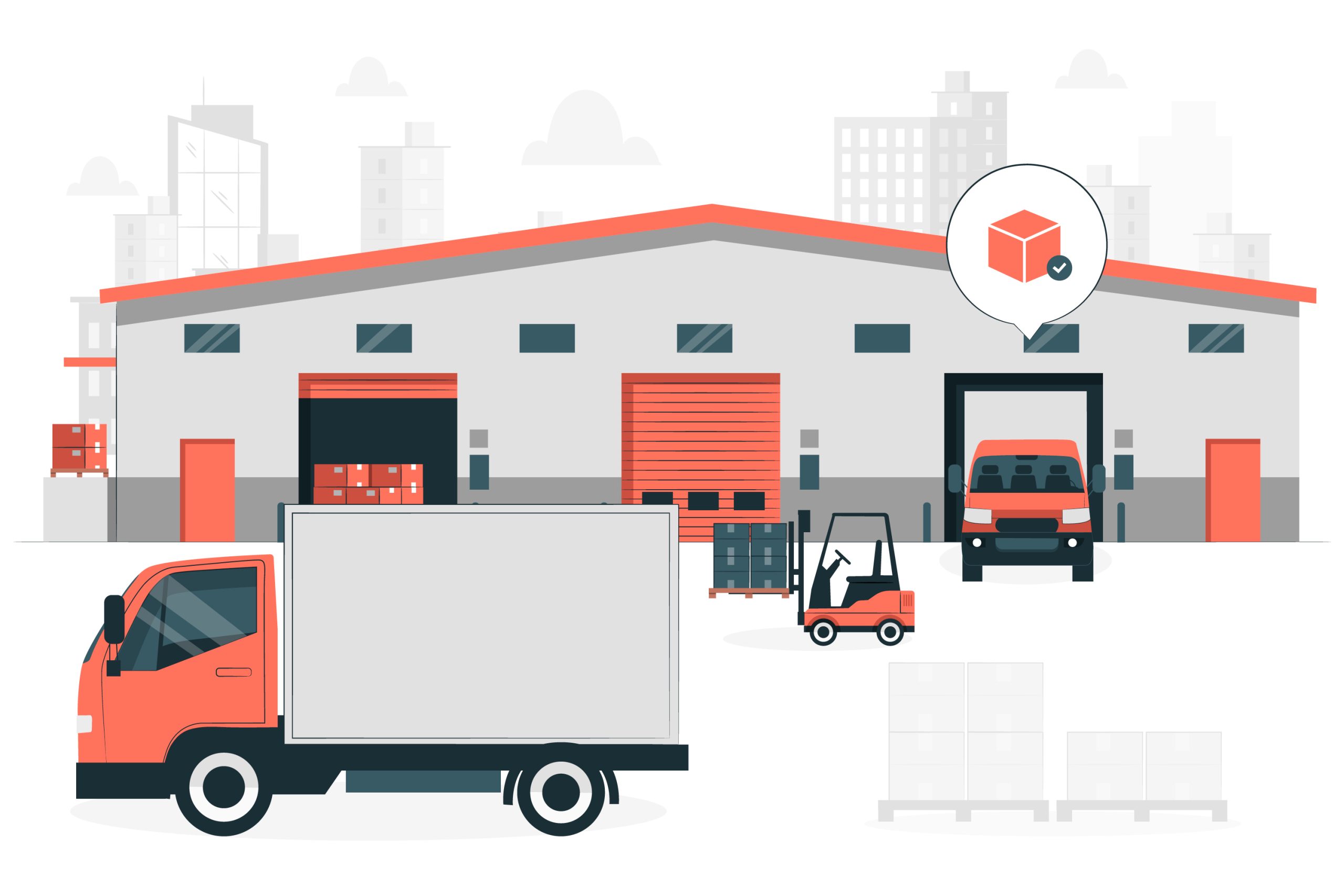Blog on RFID Technology and IoT Solutions
Blog Home
How RFID Innovations are Revolutionizing Cold Chain Monitoring
16 April 2024Introduction:
In today’s interconnected world, maintaining the integrity of perishable goods during transportation and storage is paramount. Cold chain, a logistics network practise that ensures the safe storage and transportation of temperature-sensitive products, plays a crucial role in various industries such as food and pharmaceuticals. However, ensuring compliance with temperature requirements and tracking the journey of goods through the cold chain has traditionally been a complex and challenging task.
1. The Importance of Cold Chain Monitoring:
Cold chain ensures the safety and quality of perishable goods.
Temperature excursions can lead to spoilage, loss of efficacy in pharmaceuticals, and compromised safety in food products.
Stringent regulatory requirements mandate precise temperature monitoring and documentation.
2. Challenges in Traditional Cold Chain Monitoring:
Limited visibility: Conventional methods rely on manual temperature checks and paper-based documentation, leading to gaps in data visibility.
Reactive approach: Remedial actions are often taken after temperature deviations are detected, leading to potential product loss.
Compliance issues: Meeting regulatory requirements and maintaining audit trails is cumbersome and labour-intensive.
3. RFID and Real-Time Technology Overview:
RFID (Radio Frequency Identification) technology uses electromagnetic fields to automatically identify, and track tags attached to objects.
Components of RFID systems include tags (with unique identifiers), readers, and a backend database or software for data management.
Passive RFID tags do not require a power source and are activated by RFID readers, making them suitable for cold chain applications.
4. RFID and Real-Time Innovations Transforming Cold Chain Monitoring:
Real-time monitoring: RFID sensors embedded in tags continuously monitor temperature and other environmental parameters, providing real-time visibility into the cold chain.
Automated data capture: RFID readers capture temperature data automatically as tagged products move through the supply chain, eliminating manual recording errors.
Alerting and notifications: RFID systems can trigger alerts and notifications when temperature deviations occur, enabling proactive intervention to prevent product loss.
Enhanced traceability: RFID technology enables precise tracking of products from production facilities to end-users, facilitating rapid recalls and improving supply chain transparency.
Compliance automation: RFID solutions streamline compliance with regulatory requirements by automating data capture, documentation, and reporting processes.
5. Case Studies and Success Stories:
Example 1: Z Pharmaceuticals implements an Real Time Datalogger enabled cold chain monitoring system, reducing temperature excursions by 100% and achieving compliance with regulatory standards.
Example 2: SFS Pharma adopts Real-time Dataloggers in its fleet and cargo delivery to secure strategic clients and grow their business.
Conclusion:
RFID and Real-Time technologies are revolutionizing cold chain monitoring by providing real-time visibility, automation, and enhanced traceability. By leveraging it’s technology, companies can mitigate risks, improve operational efficiency, and ensure the integrity of temperature-sensitive products throughout the supply chain.
- Intellistride.com
- Blog
- How RFID Innovations are Revolutionizing Cold Chain Monitoring